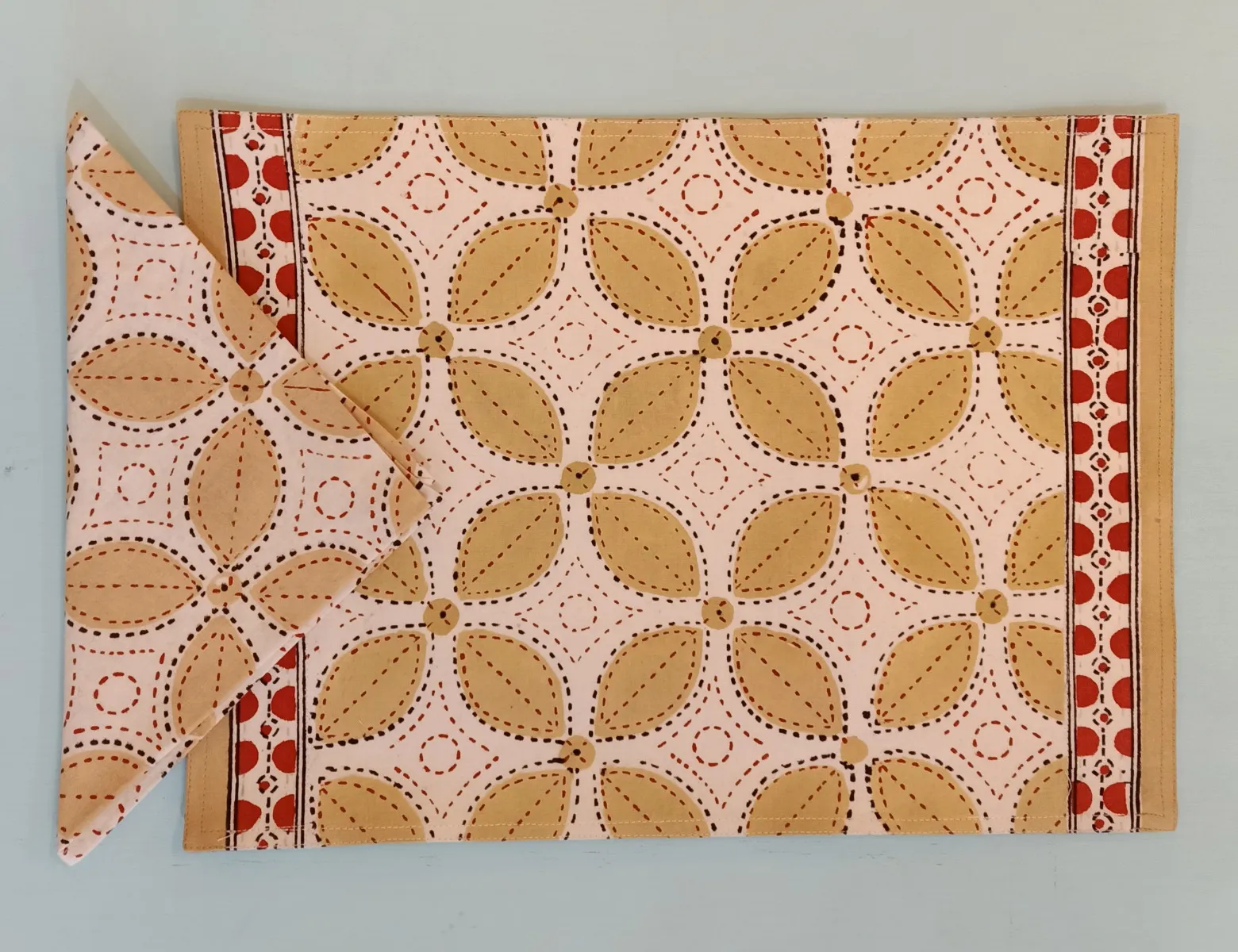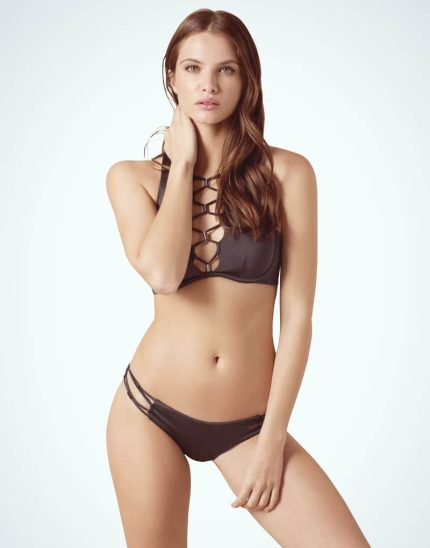Wigs have evolved far beyond their humble origins, with technological advancements allowing for more realistic and comfortable options. Among the many types of wigs available, monofilament wigs stand out for their ability to mimic the natural look and feel of real hair growth. These wigs are a favorite choice for individuals experiencing hair loss, those seeking a stylish alternative, or anyone looking to enhance their appearance. But what exactly makes monofilament wigs so effective in imitating natural hair growth? Let’s explore this in detail.
What Are Monofilament Wigs?
Before diving into how monofilament wigs replicate natural hair, it’s essential to understand what sets them apart from other wigs. A monofilament wig is constructed with a single layer of transparent mesh material (monofilament) that simulates the scalp. The fibers of the wig are individually hand-tied to this mesh, which gives the illusion of natural hair growth directly from the scalp. This intricate construction allows for a much more realistic appearance, especially when compared to traditional wigs, which typically feature a solid cap and sewn-in wefts.
Natural Scalp Appearance
One of the primary features of monofilament wigs is the illusion of hair growing directly from the scalp. The monofilament mesh creates the appearance of a natural scalp beneath the wig. When looking at the scalp through the transparent material, the hair strands seem to emerge directly from the wearer’s own skin. This is particularly important for individuals who may have thinning hair or suffer from conditions like alopecia, where the scalp is visible. The monofilament structure makes the wig appear more authentic, allowing the wearer to feel more confident in their appearance.
Freedom of Movement
Another way monofilament wigs mimic natural hair growth is through the freedom of movement they allow. The hand-tied strands in monofilament wigs move independently, much like real hair. This gives the wig a more natural flow and bounce, as opposed to wigs with machine-sewn wefts that may lack flexibility. The movement of each individual strand within the monofilament wig allows the hair to shift and fall naturally with head movements, just as real hair would.
Adjustable Parting and Styling Options
Unlike wigs with fixed parts, monofilament wigs provide the wearer with the freedom to change the parting and style of the wig. The monofilament material allows for multi-directional styling, meaning you can part the hair on the left, right, or even down the middle, and the wig will maintain a natural look. This flexibility simulates how real hair naturally grows in various directions, offering versatility in styling. Additionally, monofilament wigs often feature lace fronts or other design elements that enable even more styling options while maintaining the natural appearance of hair growth.
Comfort and Breathability
Comfort is key when it comes to wearing wigs, and monofilament wigs are designed with that in mind. The breathable material of the monofilament mesh allows for air circulation, reducing heat buildup and preventing irritation on the scalp. This is especially beneficial for people with sensitive scalps, as the natural airflow mimics the comfort of natural hair growing directly from the skin.
Conclusion
Monofilament wigs have truly revolutionized the world of wigs and hairpieces. Through their carefully designed mesh caps, hand-tied fibers, and adjustable styling options, they replicate the natural flow, movement, and appearance of real hair. Whether you’re dealing with hair loss or simply want a wig that looks and feels authentic, monofilament wigs offer an unmatched combination of realism, comfort, and versatility. With these wigs, you can confidently enjoy a flawless, natural look every day.




